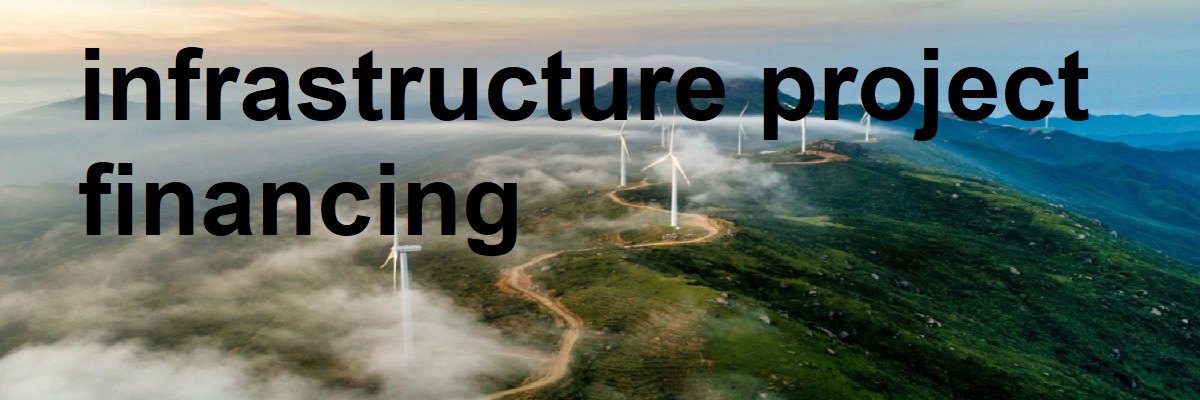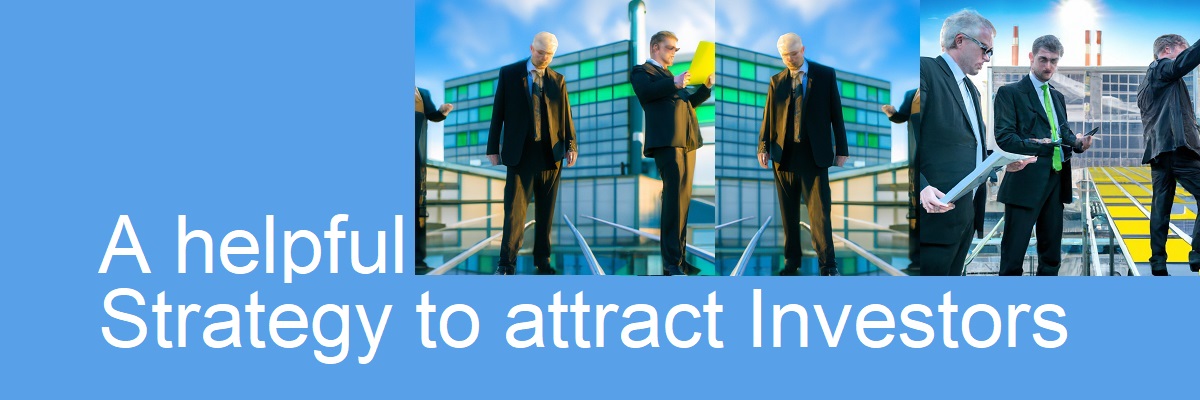
Qualifying for funding through infrastructure project financing for a large business or project requires meeting specific requirements and following certain steps. Here are the essential basics and steps involved in the infrastructure project financing process:
1. Robust Project Plan:
Develop a comprehensive project plan that outlines the infrastructure project’s objectives, scope, timeline, and expected outcomes. Include details about the project’s technical feasibility, environmental impact, and social benefits.
2. Financial Viability:
Demonstrate the financial viability of the infrastructure project by conducting a thorough financial analysis. Prepare financial projections, cash flow models, and cost-benefit analyses that show the project’s expected revenues, expenses, and potential returns on investment.
3. Strong Project Sponsorship:
Identify a strong project sponsor or consortium that has the necessary expertise, experience, and financial resources to successfully execute the infrastructure project. The project sponsor should have a track record of delivering similar projects and be able to demonstrate their ability to manage the associated risks.
4. Market Demand and Revenue Streams:
Assess the market demand for the infrastructure project and identify potential revenue streams. Evaluate factors such as user fees, tolls, government subsidies, or public-private partnerships that can generate revenue to support project financing and operations.
5. Regulatory and Legal Compliance:
Ensure compliance with all regulatory and legal requirements related to the infrastructure project. This includes permits, licenses, environmental impact assessments, land acquisition, and any other legal obligations specific to the project’s industry or sector.
6. Engage Financial Advisors:
Engage financial advisors specializing in infrastructure project financing. They can provide expertise in structuring the financing, assessing financial risks, and identifying potential funding sources.
7. Identify Funding Sources:
Research and identify potential funding sources for the infrastructure project. This may include government agencies, development banks, institutional investors, private equity firms, or infrastructure funds. Evaluate their investment criteria, financing preferences, and the types of projects they typically support.
8. Develop a Financing Plan:
Develop a comprehensive financing plan that outlines the project’s funding structure, including debt, equity, and other sources of financing. Prepare financial models and projections that demonstrate the project’s financial feasibility and repayment capacity.
9. Submit Applications and Proposals:
Prepare and submit applications or proposals to potential funding sources. These applications typically require detailed project information, financial analysis, risk assessments, and other relevant documentation.
10. Due Diligence and Negotiation:
If the project garners interest from potential funders, they will conduct due diligence on the project. This involves a detailed assessment of the project’s technical, financial, legal, and environmental aspects. Negotiate the terms of the financing, including interest rates, repayment terms, security requirements, and any covenants or conditions.
11. Loan or Investment Agreement:
Once negotiations are complete, work with legal counsel to draft and finalize the loan or investment agreement and related legal documents. These documents will outline the rights, responsibilities, and obligations of both parties.
12. Disbursement and Project Execution:
Upon approval and signing of the financing agreement, funds will be disbursed to support project implementation. Execute the infrastructure project according to the agreed-upon plan, adhering to timelines, quality standards, and environmental and social safeguards.
13. Monitoring and Reporting:
Regularly monitor and report on the progress, financial performance, and compliance of the infrastructure project to the funding sources. Provide updates on project milestones, financials, and any material changes or risks.
It’s important to note that infrastructure project financing can be complex and may involve collaboration with various stakeholders, government entities, and regulatory bodies. Engaging experienced professionals, such as financial advisors, legal counsel, and project management experts, can help navigate the intricacies of infrastructure project financing and ensure compliance with relevant regulations and requirements.
If you would like to discuss this further, please use the reply form, or call 00353860325153. This number also works on Whatsapp, Signal, Telegram and WeChat.
| Banks must have a balance between the assets they hold or have in custody and the credit lines to customers. This relationship has become increasingly stringent over the past decade. Banks have many illiquid assets that do not allow them the necessary maneuverability to open lines of credit. For this reason, banks are looking for liquid collateral that can counterbalance the relationship between assets/loans, allowing banks the ability to operate within central bank regulations. NOTE: We make available to our contracted clients guidelines to successfully structure project finance with the help of third-party collateral and Prime Bank Guarantees. It is widely read by private sector investors and lenders who intend to make project finance deals. |

Funding African Trading Transactions

The Power of a Loan Agreement

A helpful Strategy to attract Investors

How a Loan Agreement can attract investors.

Proof to be eligible to borrow funds

How to benefit from a Loan Agreement if you don’t have collateral.

How to benefit from a Loan Agreement asking for collateral.

How a Loan Agreement can get you in funds.

Why should a client provide a Mandate and place a retainer to get a bank instrument and credit enhancement service?
Not satisfied with the results of your own Project Funding activities?

You cannot access a professional service without a financial commitment!
